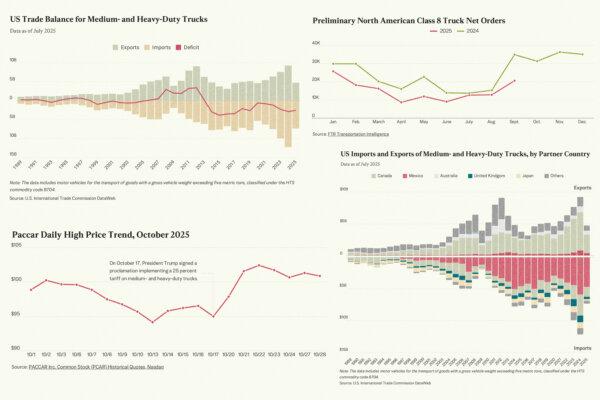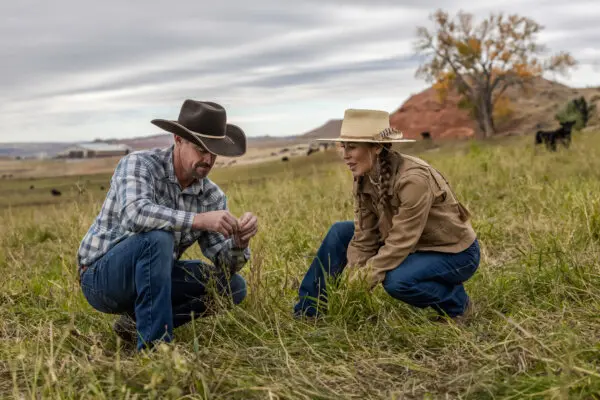When Sally Fallon Morell was young, she recalled her father joking: “Your mom and I have perfect teeth and perfect eyesight. How come all you kids need braces and glasses?” As she grew up and studied the relationship between nutrition and physical development, she discovered the answer: “We need to eat nutrient-dense, traditional foods.”
“Even though we were eating good food, we were not getting what my parents got before the Second World War—cod liver oil, liver once a week, raw milk,” she said. In the 1970s, promotion of a low-fat diet “became kind of shrill,” she said, “and I just knew it was wrong.”










